Marrakesh| 7 things you'll want to do

Stay in a Riad
The typical houses in Marrakesh, decorated with tiles and organised around a central patio, are more than just great Instagram photos. These inward-facing homes, as old as the city itself, provide not only an aesthetic experience but also a glimpse into the rich culture and history of Morocco. The residences were built by wealthy merchants that benefited from the trades routes that went through Marrakesh.
Functionally, these homes feature a remarkable cooling system, with the courtyard at the center acting as a natural air conditioner. Similar styles have roots dating back to Roman and Persian times, but the design is most closely associated with Moorish architecture, which became even more prominent during the Arab-Andalusian period.
If you can’t spend a night in a Riad, don’t worry—many are open for visitors, and several have been converted into spas and restaurants. The oldest Riad in town is Dar Si Said, a beautiful example of this architectural heritage

Riads I'd recommend:
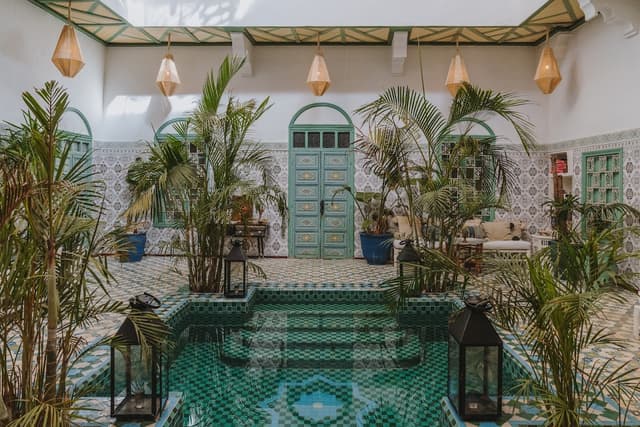
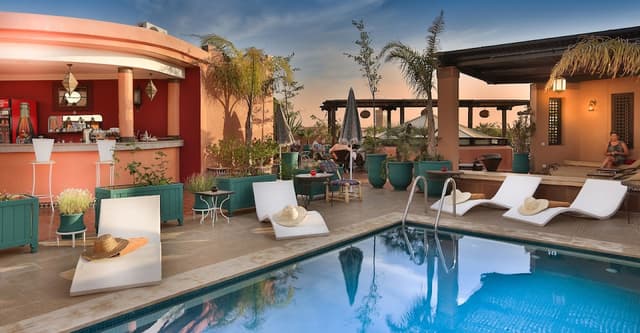
Relax at a Hammam
If you are only going to do one thing in Marrakesh, try to visit a Hammam. The origins of the public steam-bath trace back to ancient cultures such as Roman, Byzantine, and Persian, which valued cleanliness as essential to daily life. In Morocco, the hammam evolved into a vital cultural and spiritual ritual. It offers a unique experience deeply woven into the fabric of Moroccan society, where cleanliness is paramount, and the ritual of ablution, or "wudu," is necessary before prayers. This blend of socializing, relaxation, and rejuvenation sets the Moroccan hammam apart, making it a must-visit for those seeking to immerse themselves in local traditions.
In public hammams, genders are separated, allowing for a comfortable and respectful environment. They are also remarkably cheap at an average of 12- 20 euros. Private experiences should be around 50 euros. Regardless of whether you choose a private or public hammam, the bathing ritual remains the same.
You begin by rinsing off before entering the hottest room in the hammam. There, you will bathe in black soap to soften the skin and prepare it for exfoliation. After sitting in the hot room, you’ll move to the warm room to wash off the black soap before exfoliating your skin with a glove. This process can be done either by an attendant or with friends and family in a public hammam. As this is a popular activity for locals and tourists, it's best to book in advance. Don't forget to bring your bathing suit!
Hammam's I've tried and would recommend
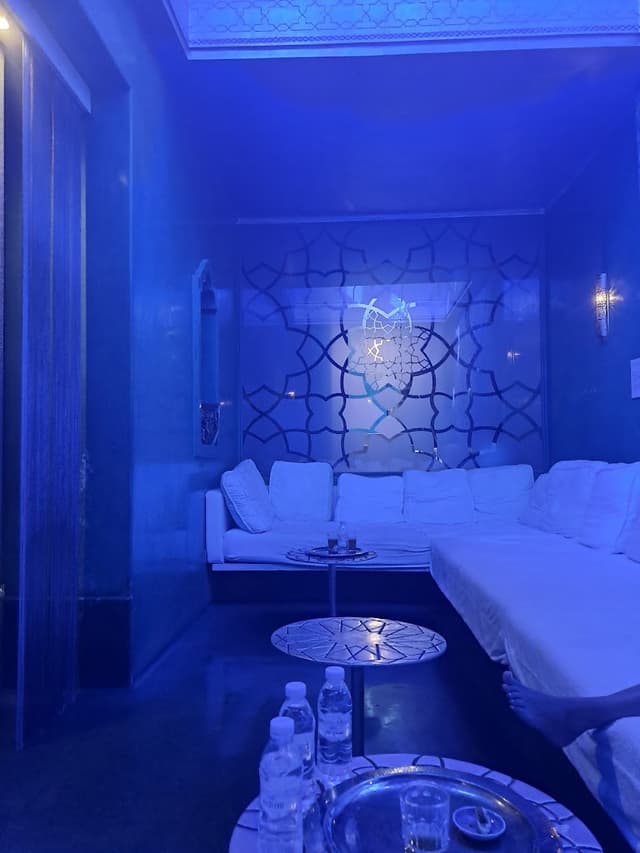
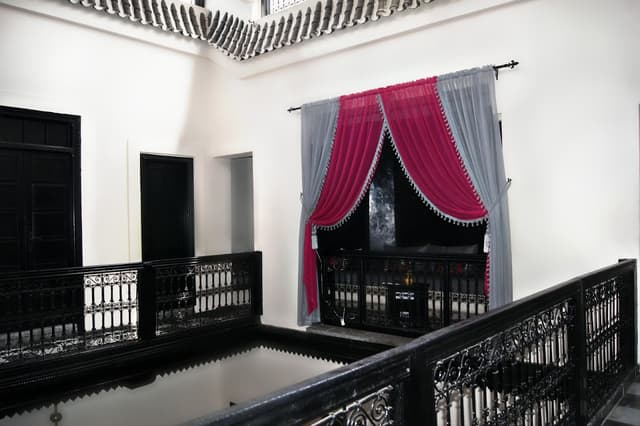
Hammam's that have been highly recommended to me
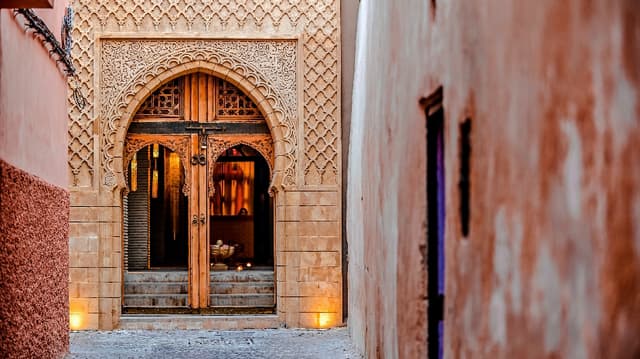

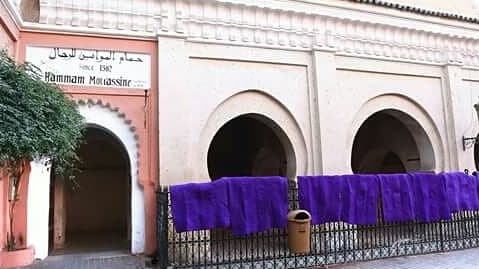
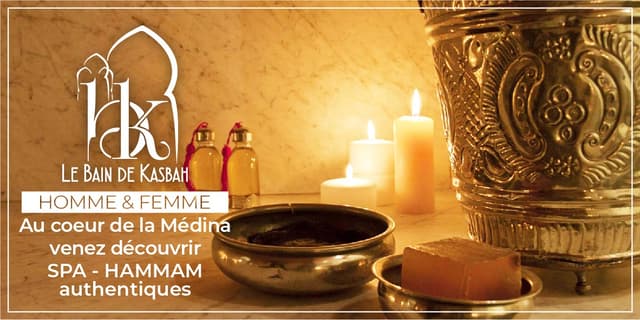
Take a sunrise stroll around the Kasbah
At dawn, the old Citadel of Marrakesh is perfect for a slow, leisurely morning stroll. As the city awakens, the soft light of sunrise casts a warm glow on the pink and orange stones. Here, time feels slower, and the beauty of Marrakesh unfolds quietly in the stillness.
The Kasbah boasts some of the city’s most historic sites, all within walking distance. A large part of the district is still occupied by the royal palace, Dar al-Makhzen, which serves as the King’s residence when he visits, adding a regal presence to this peaceful setting. These sites are best appreciated during the quieter hours. You can visit yourself, but there are also walking tours available of the area.
One place to visit early, before the crowds arrive, is Badi Palace, a burnt orange, medieval fortress, where towering walls now serve as home to storks and their large nests. Nearby, the Saadian Tombs and the Kasbah Mosque, make for excellent morning activities. Bahia Palace is another notable stop, but be prepared for larger crowds.
For a peaceful break, you can stroll to the Jewish Mellah Quarter for lunch, where you’ll find a mix of history and local cuisine.

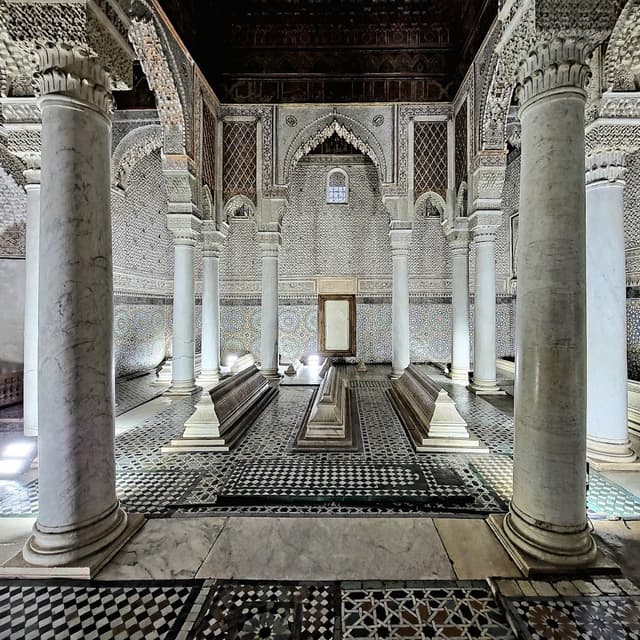
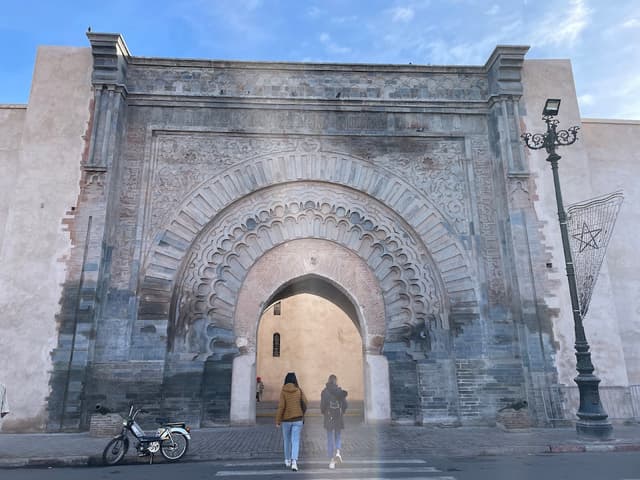
For Lunch
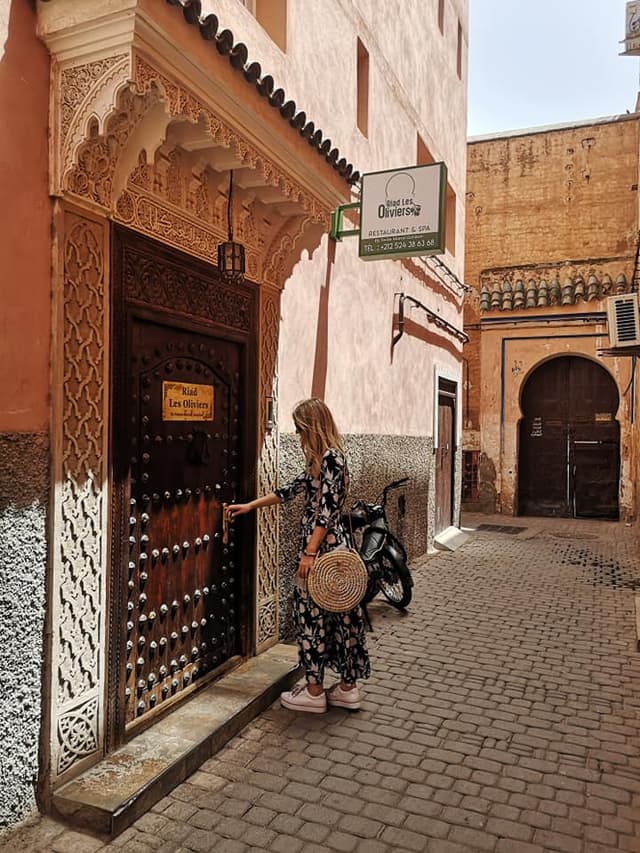
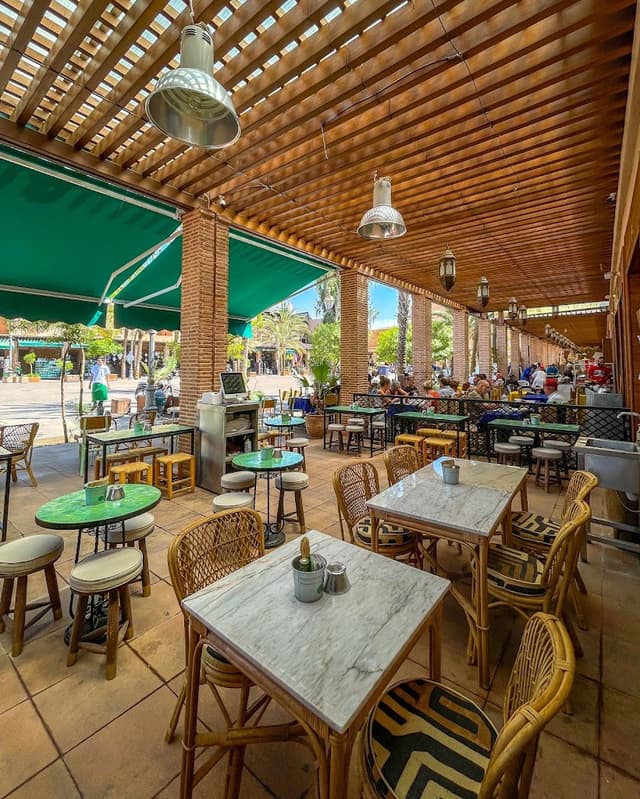
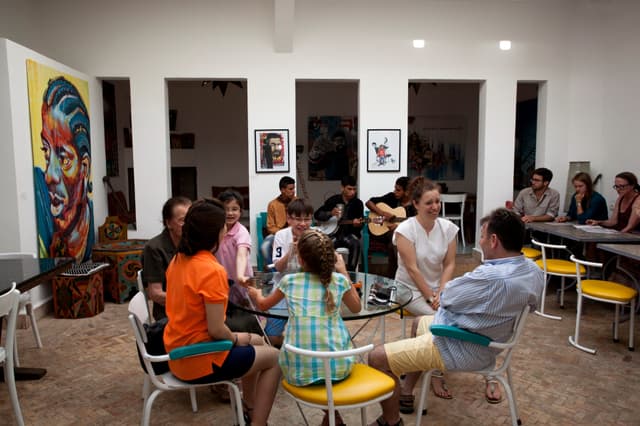
Explore the ancient Souks
The central Medina of Marrakesh is a thousand-year-old souk, founded by the Almoravids. Enclosed by 19 kilometres of distinctive pink walls, this area has long served as the political, economic, and cultural hub of Morocco.
When exploring, it’s important to wear comfortable, well-worn shoes that allow for easy walking. Modesty is also key in Marrakesh, so ensure your knees and shoulders are covered with appropriate clothing.
After an afternoon in the souk, my favorite thing to do is to have a tea, snack or early dinner at one of the many rooftop venues that offer stunning viewpoints.
Sites not to miss in the Medina
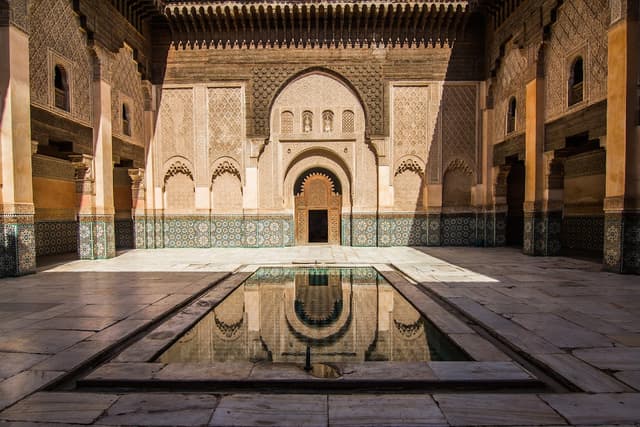
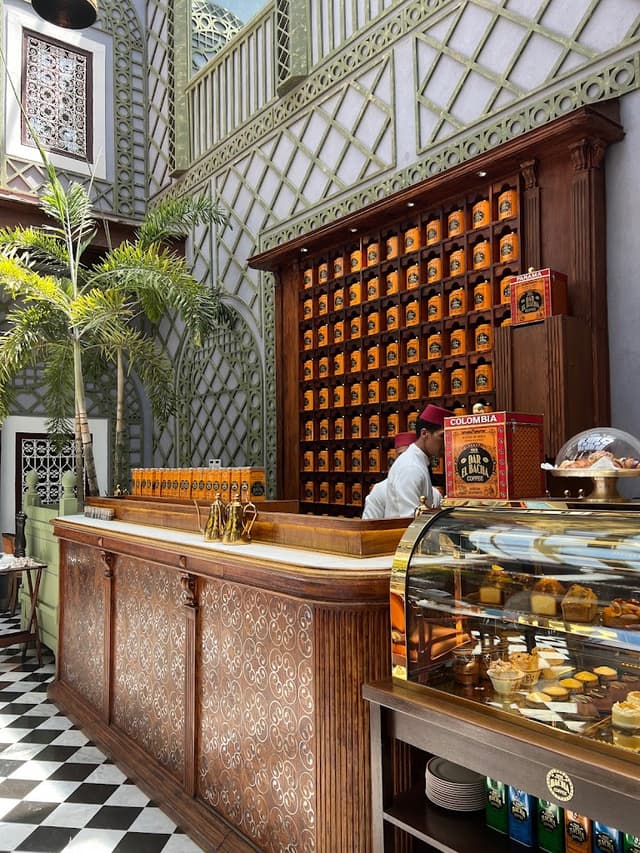

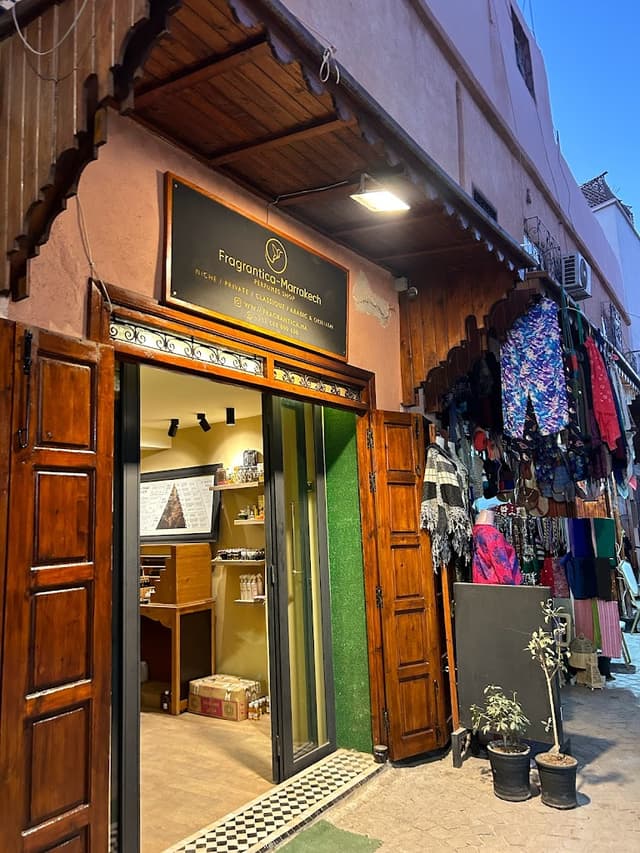
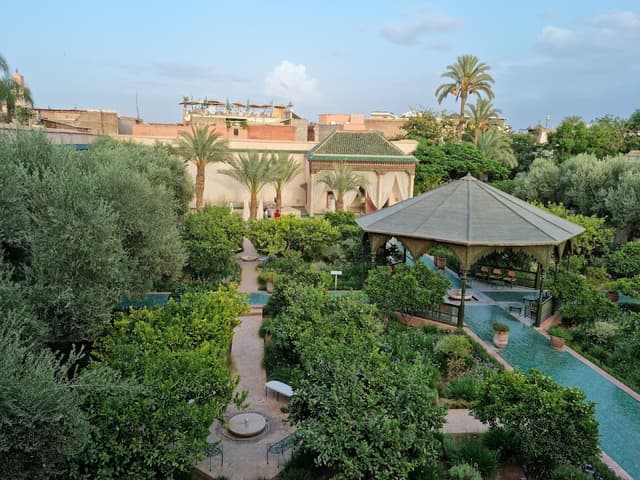
Nice spots to eat
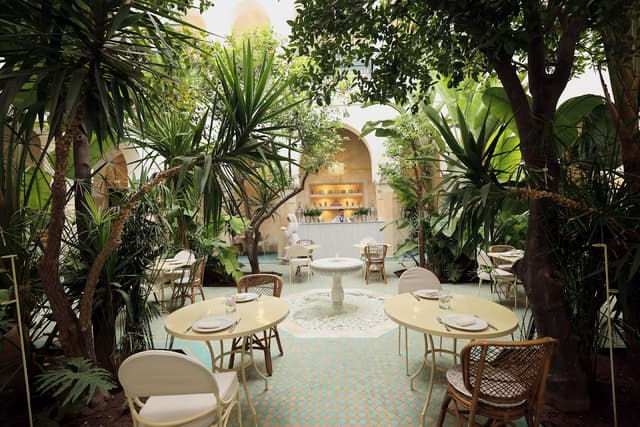



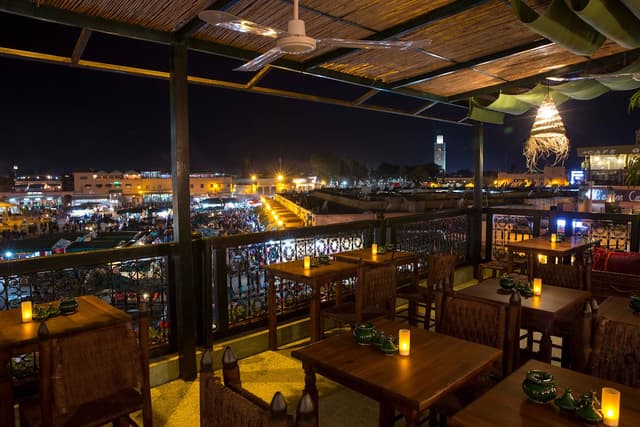
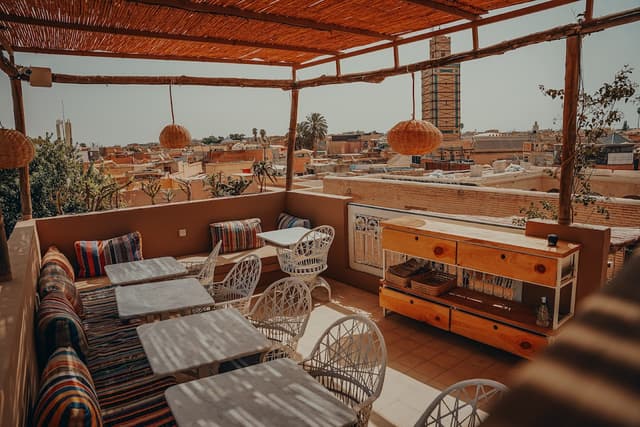
Discover the art scene in Guéliz
The modern heart of Marrakesh, built in the early 20th century, under French administration, offers a groovy alternative to the historic Medina. Known for its wide boulevards, chic cafes, and contemporary galleries, this district blends French colonial architecture with modern Moroccan flair. It's the perfect place for shopping, dining, and exploring the city’s evolving artistic scene, offering a different perspective on Marrakesh's unique character.
It's worth noting that this part of the city is not as walkable as the sheltered Medina (especially if it's hot), so it's good to plan what you want to see and your transportation (taxi, bike, car) beforehand.
Galeries of Guéliz:
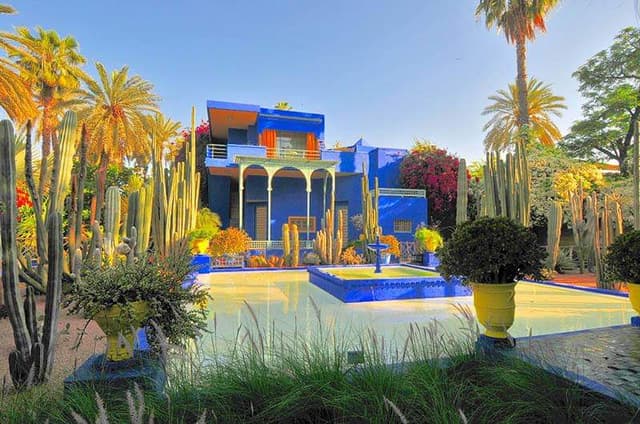

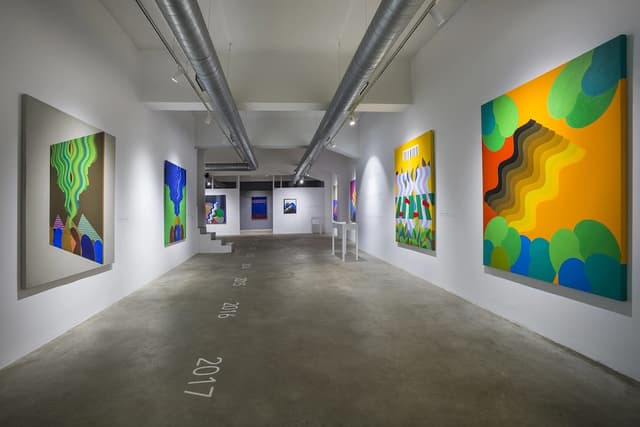
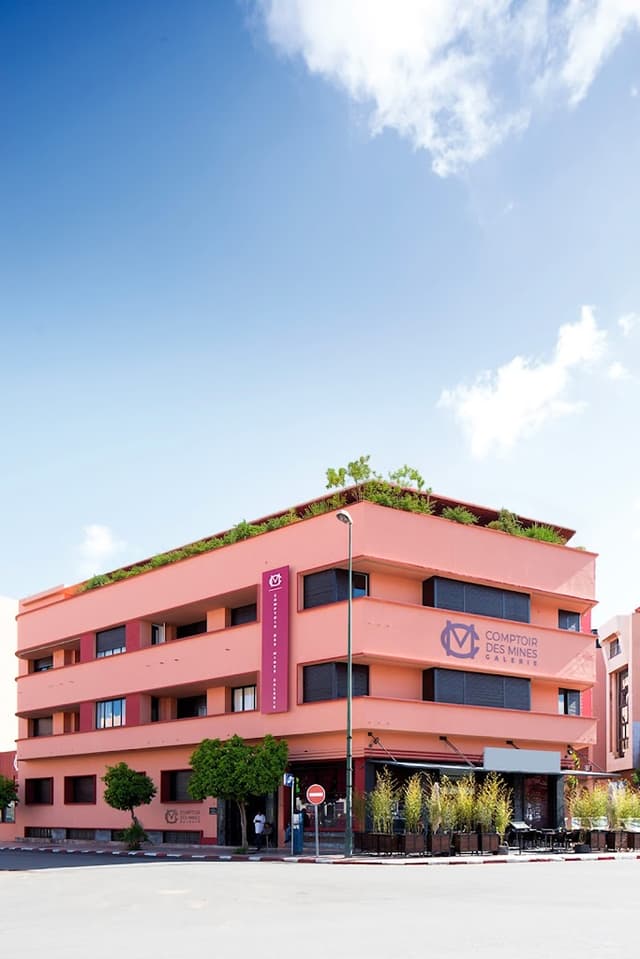

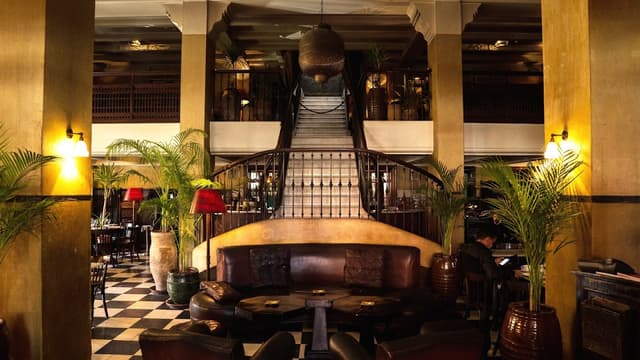
Enjoy dinner in the desert
Many people don’t know that Marrakesh is not in the Sahara desert. Visitors to the nearby Agafay Desert might find themselves disappointed if they arrive expecting the vast, golden dunes and iconic landscapes. Instead you’ll find rugged, rocky terrain with minimal sandy areas. The proximity to Marrakesh means that Agafay is quite commercialized, so you’re not going to get a sense of adventure and authenticity, typically associated with remote desert landscapes. Definitely not what I would call an ideal remote camping area and I wouldn't recommend staying overnight.
However, Agafay is still worth exploring. The dramatic vistas and stunning sunsets create a beautiful backdrop for outdoor activities such as camel rides, quad biking, and stargazing. Spending the afternoon might be a bit too long for some, so I would recommend going for a dinner excursion, to enjoy the scenery and get out of the hustle and bustle of the Medina. It's a romantic experience worth a try.
Treat yourself to a slice of luxury
Marrakesh's association with luxury dates back to its role as a major crossroads for trans-Saharan trade. Here, Berber, Arab, and African merchants exchanged goods like gold, spices, and ivory, contributing to the city's prosperity. The wealth that flowed through Marrakesh manifested in its grand palaces, intricately designed riads, and verdant gardens. By the early 20th century, the city’s allure captivated European aristocrats, artists, and bohemians, including the likes of Winston Churchill and Yves Saint Laurent. These figures further cemented Marrakesh as a destination where tradition and indulgence intertwine, making it a beacon of refined taste and craftsmanship.
Experiencing luxury in Marrakesh means immersing yourself in the city’s rich heritage while indulging in its timeless elegance. Luxury here is about more than opulence—it's a connection to Moroccan craftsmanship, artistry, and history.
A good and affordable way to access Marrakesh’s more decadent side is by spending a night, a day, or even just an afternoon at one of the city’s palace-like hotels. Depending on your budget, you can enjoy the spa, lounge by the pool, or simply stop by for a mint tea, getting a glimpse/ taste of how the ultra-rich live it up.
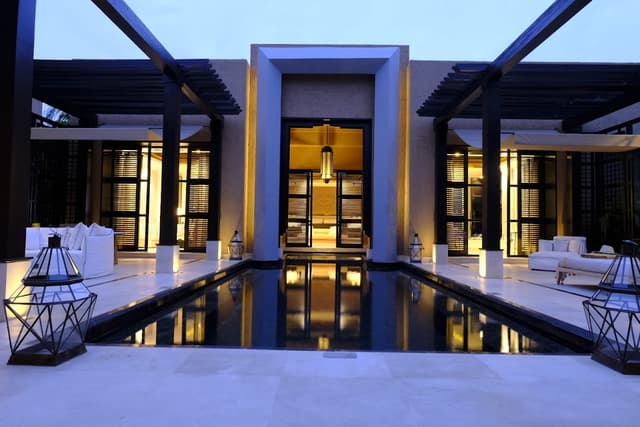
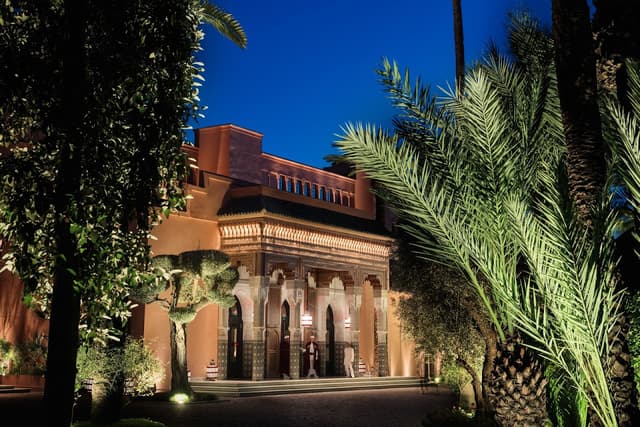
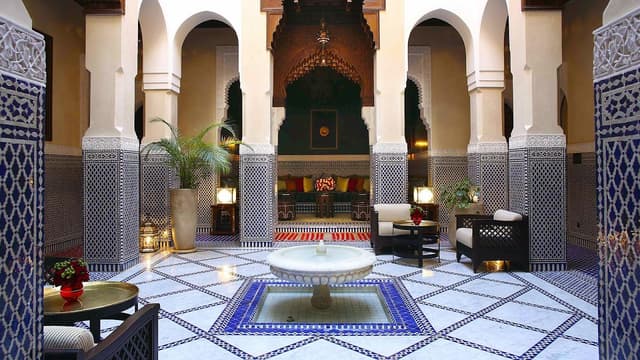
The home for unique & authentic travel
